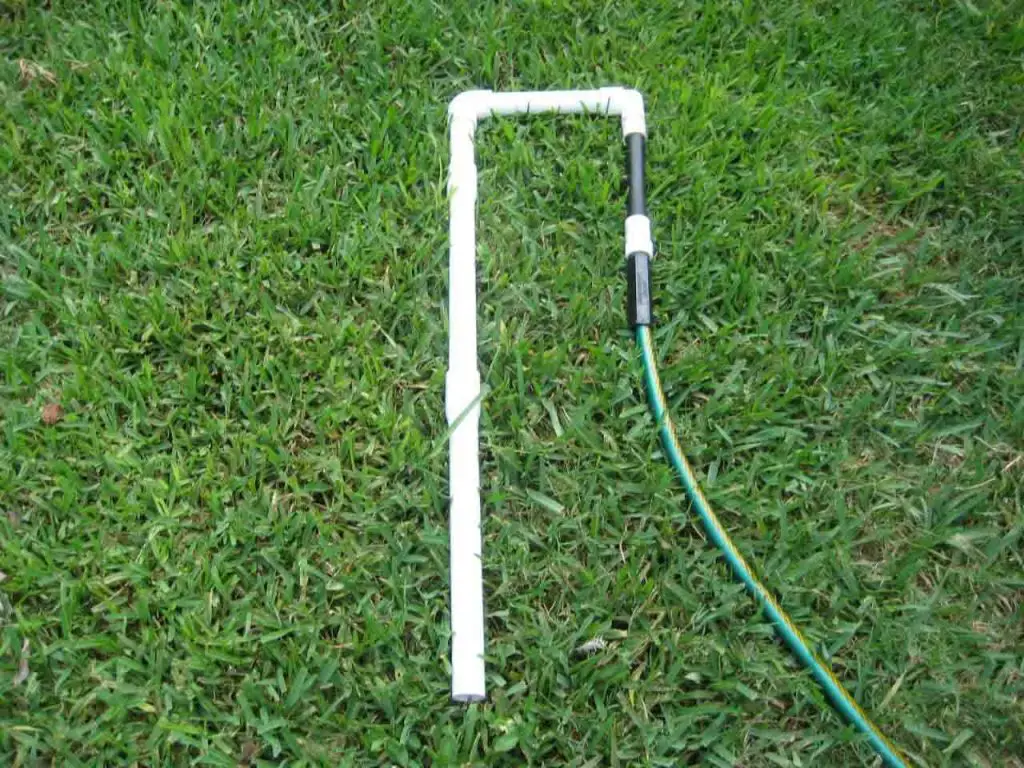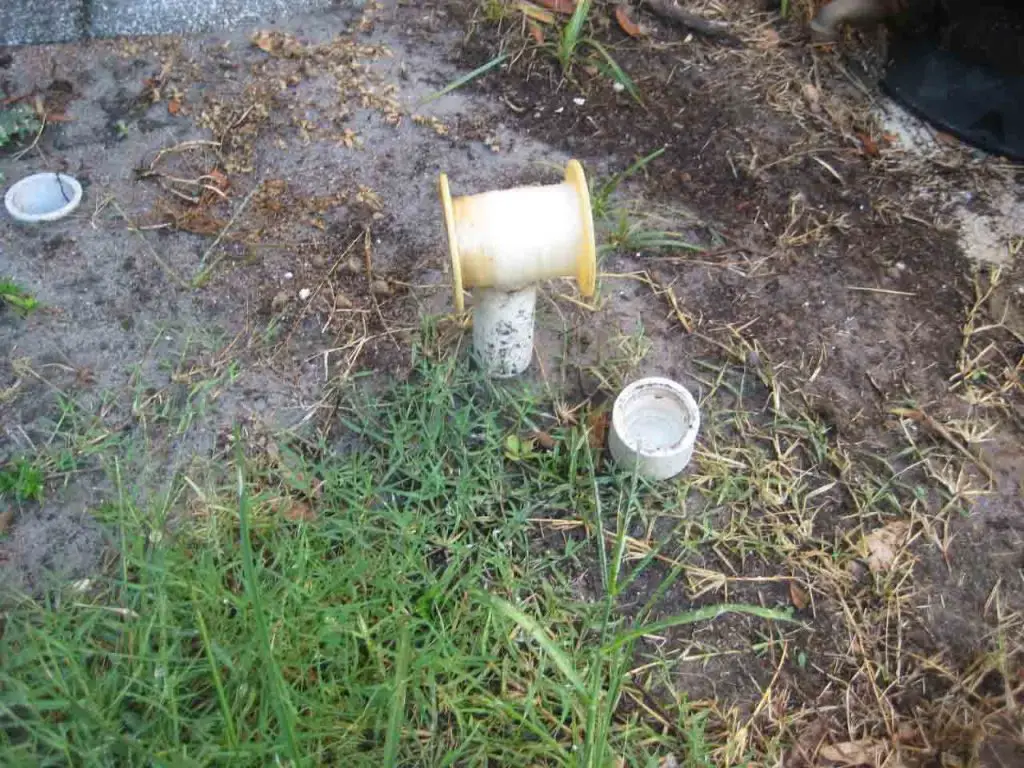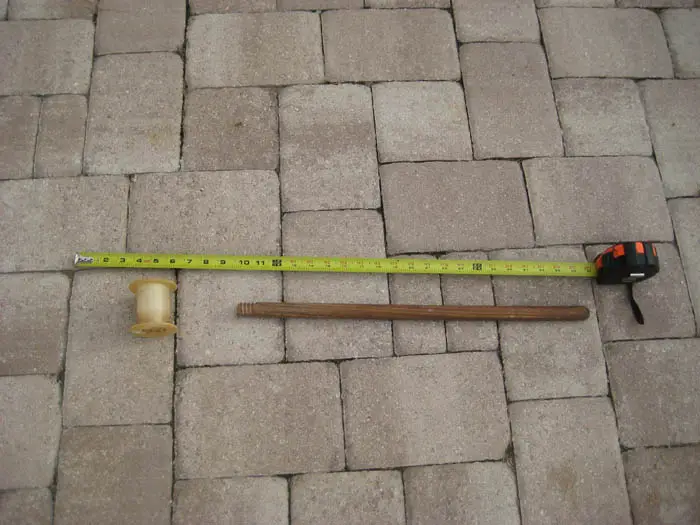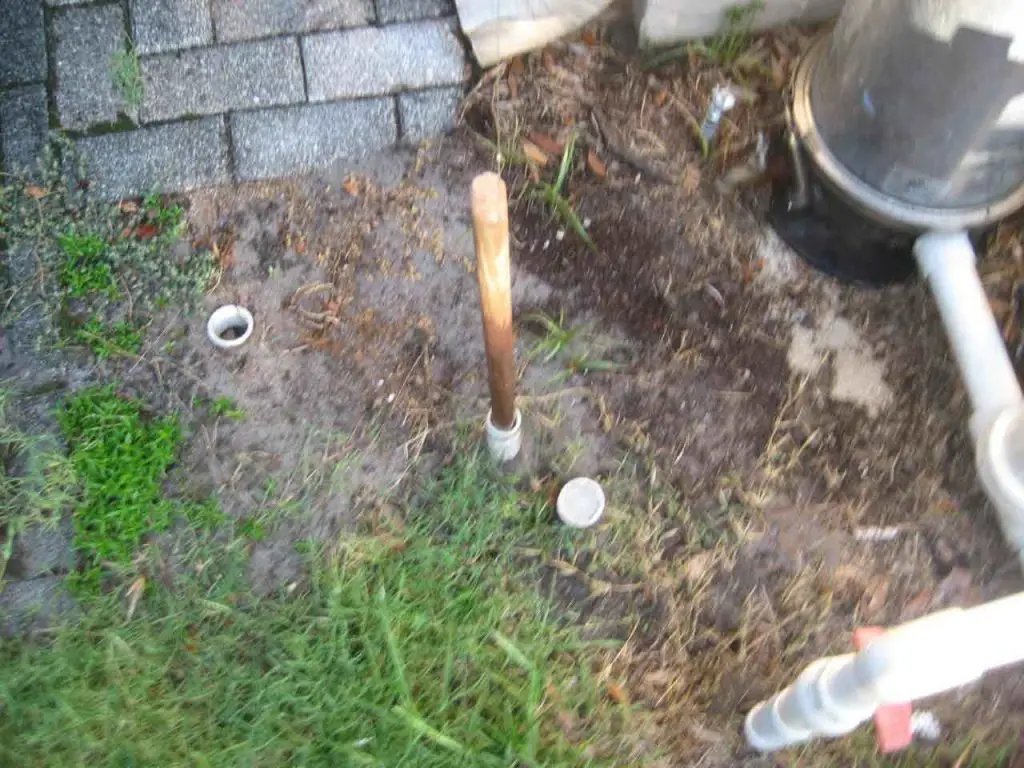Bill Granade of Tampa, Florida has been of immense help to me with this site. He has also helped dozens of local “drillers” in the Tamp area with successful wells. He suggested that we post a page containing tips for beginners. In this way beginners could avoid some of the common pitfalls. This is an excellent, excellent, idea.
Before we go further, if you would like to contribute to Bill and thank him for his efforts, please send him some beer money! You can send Bill a PayPal donation at wgranade@verizon.net
The info from Bill is in blue:
FIRST! We hear from folks who stick their pipe the first try all the time. If you drill a 20 foot well in sand, when you get to the 15 or 20 foot level, while the water is flowing and the pipe is loose and it seems like it will be that way forever. It will not. If you turn off the water and give it about 20 minutes, the sand will collapse on that pipe and it will be stuck. Guaranteed.
Don’t plan on turning the water off and coming back tomorrow and working on drilling your well some more. It ain’t happening.
The BIG mistake all beginning drillers make (even me) when they try their first well is to dig a hole and then start drilling. All goes well for the first 10 feet and then the drill pipe starts sticking…
The trick is to NOT dig a start hole first. All you need is a little 2 inch deep “washed up sand” escape trench on the low side of your drill spot. You don’t even want to remove the grass ….just drill thru it.
I would suggest that you start with a one inch test (see photo below) well close to where your pump is going to be. You will need two 10 foot 1 inch diameter pipes and a garden hose.
It costs less than $10 and will let you know if you can get down 18 to 20 feet.

After you get the one inch test well in the ground, give it a day to settle and then measure how far down it is to the water. Tie a weight onto a piece of twine and drop it into the one inch pipe. Pull it out and measure how far down to the wet part of the twine. This will give you your standing water level. This is extremely important because later you will want to drill deep enough to place the top of your wellscreen at least 10 feet under the standing water level.

Another method to test the distance down the standing water level is to insert a wooden broom handle tied on with fishing line into the one inch pipe. Listen for it to hit the water…..or a THUD when it hits bottom if no water.



Bill strongly suggests that wells should be started simply by putting the drillpipe in the ground and starting the drilling/washing process. He specifically suggests that the hole not be started with a posthole digger as that will make a bigger hole than is optimal.
I used to always start wells with a posthole digger but I now agree with him. Just put the pipe in the ground and start the hole.
Bill also suggests making a small downhill cut from the hole for the water and cuttings to follow.
Excellent suggestion. This is a good protocol to follow.
You’ll find that you need an easy way to prime your well. Bill suggests that you consider putting a priming hose bib inline above the check valve to make this process easier.

For reasons unknown to Bill, folks keep wanting to leave the two inch drill pipe in the ground. Pull it out! It is absolutely critical to leave the 1.25 inch well screen pipe fully exposed. Especially the bottom! If the two inch pipe is surrounding it, no water can get in the well screen.
Bill says he doesn’t like metal drill heads in his area. They may be great in clay but they are problems in sand an increase the chance of getting stuck.
Bill has had five guys in the Tampa area have Harbor Freight pumps fail. It does seem like this might be a good brand to avoid.
One more tip, and this one is from me, not Bill. I keep hearing from folks who use pea gravel on their first well. Please don’t do this. Once you put pea gravel down that hole, you are done. It either works or it doesn’t. You can’t change it. If you don’t put pea gravel down and you need to redrill or move the screen or use a different size screen, you still can. Pea gravel is for experienced drillers only!
Last but certainly not least, remember – Bill is thirsty. Being a legend in the Tampa area is great but that doesn’t quench anybody’s thirst. Send the poor boy some beer money! It’s the least we can do for all the help he has been. You can send Bill a PayPal donation at wgranade@verizon.net
 drillyourownwell.com
drillyourownwell.com